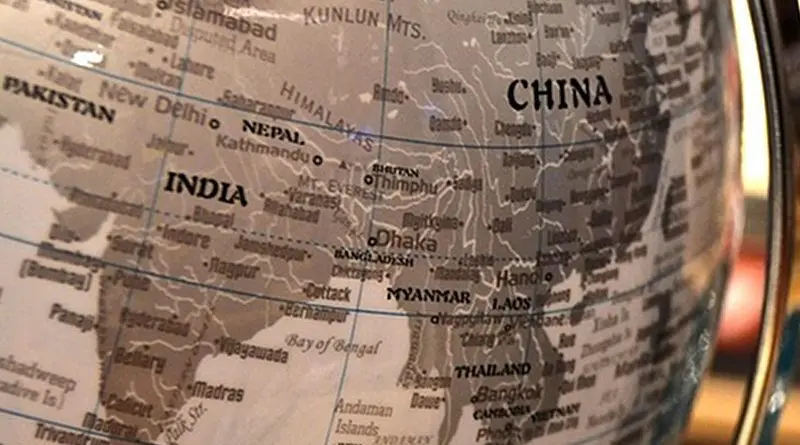Atoms For Peace? – OpEd
Technology has always had an impact on international politics and regional geopolitics. South Asian politics and strategy have been forever altered by India’s deployment of nuclear weapons, leading to the concept of nuclear deterrence. When President Dwight D. Eisenhower’s Atoms for Peace programme granted India access to nuclear technology in 1953, it was evident that India still had aspirations to develop nuclear weapons. Known as “Smiling Buddha,” the country’s first nuclear test was conducted in 1974. After a nuclear test on May 11–13, 1998, India declared itself a nuclear weapons state. The Indian Buddha’s face lights up once again. In response to international pressure, Pakistan conducted nuclear tests on May 28, 1998. Thus, deterrence remained steady.
Adversaries like the United States, China, and India have prompted each of these countries to develop their own nuclear weapons. Nuclear weapons and nuclear delivery systems are being developed by each nation in Southern Asia. In order to produce nuclear triads that can be utilised in the event of another attack, each of the three nations has varying degrees of development. As a result, each country’s weaker adversaries are placed at risk. Because of this “cascading security paradox,” regional strategic stability is threatened, and nuclear catastrophes are more probable.
Weapons and delivery systems advancements, as well as potentially much more dangerous shifts in doctrine, all have the potential to exacerbate the already existing strategic instability in southern Asia. Hypersonic and multiple independently targetable reentry vehicle (MIRV) missiles, tactical sea-based (both surface and submerged) nuclear systems with dual capability, as well as all of these advanced missile defence systems complicate crisis management and raise questions about the potential impact on regional states’ nuclear doctrines and strategies.
Despite what transpired in Pulwama-Balakot in 2019, India and Pakistan are still at risk of going to war. In 2021, the ceasefire along the Line of Control was restored as a result of fresh negotiations. However, the primary causes of the conflict remain, including, but not limited to, the Kashmir area. In addition, it seems that both India and Pakistan have learnt from the events of 2019, which might lead to a nuclear war in the future. There has been a clear willingness to take more risks by India, Pakistan, China, and the United States in 2019.
The ties between India and China have deteriorated dramatically over the last several years. In the summer of 2020, they engaged in the most intense fighting over a land line since the 1970s. Since then, India and China have withdrawn their forces from conflict zones, but they have not yet found out how to return to the situation before to 2020. Both countries are investing heavily on new military hardware and facilities along their perilous Himalayan border. As a result, subsequent conflicts are more likely to escalate into even larger and more devastating wars. In spite of this, the accidental deployment of nuclear weapons cannot be ruled out as a consequence of the expansion of conventional military strength. The border tensions between India and China are likely to have an impact on their overall relationship and the amount of conventional and nuclear military they expend.
China and Pakistan are two of India’s more friendly neighbours, but it also has to contend with two more hostile ones (China and Pakistan). There is always a risk of misuse of fissile material by non-state actors, especially in India because of its callous following of IAEA safeguards. We should also be concerned about the fact that these deadly situations—hostilities between India and Pakistan, violence on the China-India border, and escalating terrorist threats—are difficult to forecast.
When it comes to other nuclear-armed countries, the United States has little say in the matter. Washington has a difficult time deciding what to do because of the intertwined rivalries and territorial issues in South Asia. When it comes to strengthening its strategic alliance with India and preventing aggression, the United States must balance its many strategic aims while avoiding measures that might lead to a regional arms race, increased instability, or a crisis that worsens.
The author holds an M.Phil from National Defence University and freelance writer and can be reached at [email protected].

